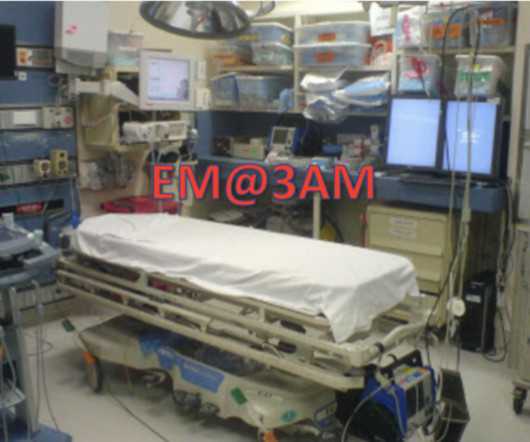EM@3AM: Leukopenia
EMDocs
JANUARY 25, 2025
A 45-year-old outdoor enthusiast presents to the emergency department with fever, headache, myalgias, and malaise. Answer : Leukopenia Overview Leukopenia is defined as total WBC count < 4000/mm 3 Neutropenia is the most common subset of leukopenia and is defined on absolute neutrophil count: 1 Mild (1.01.5 Medications: 25.6%














Let's personalize your content